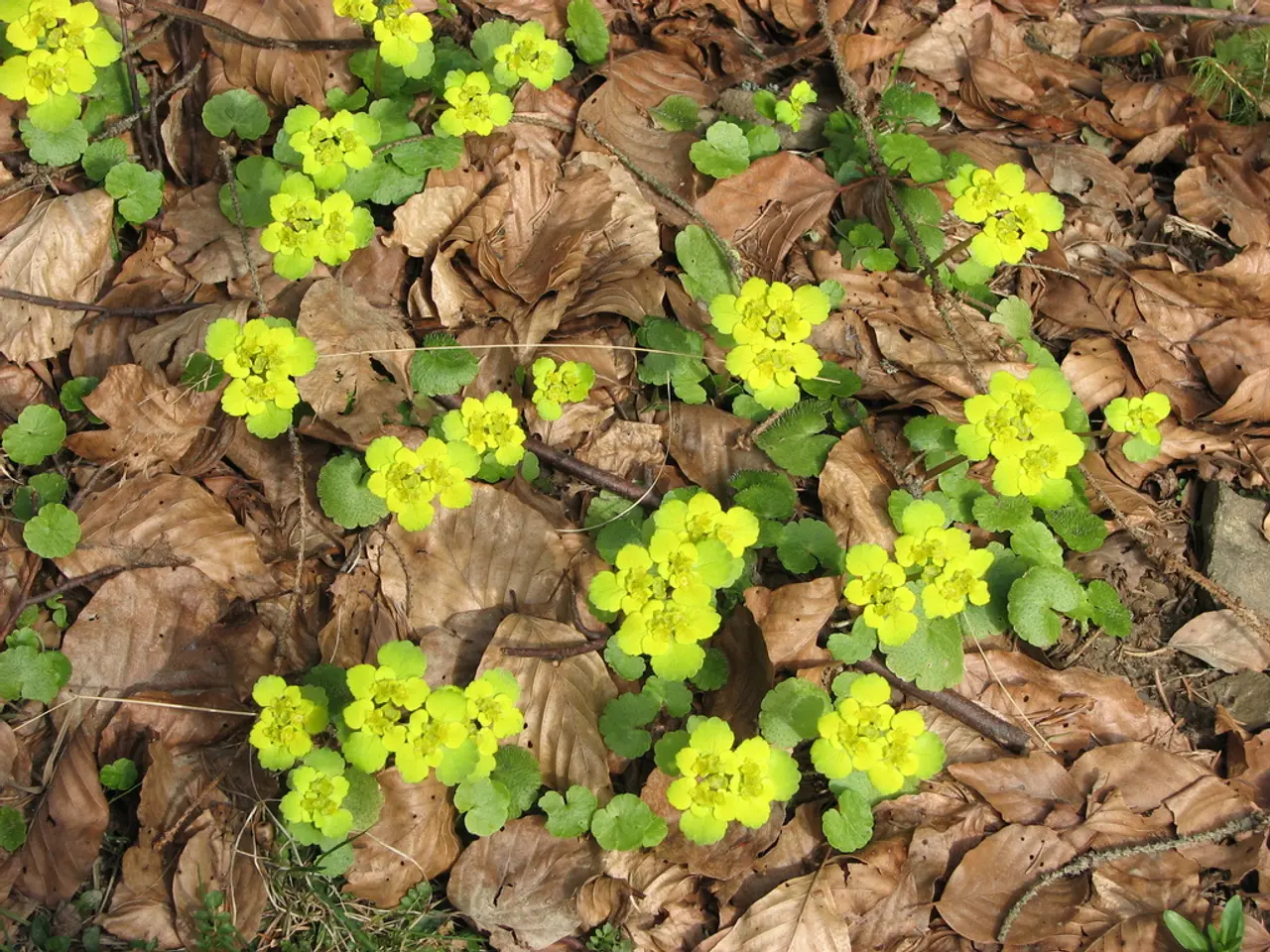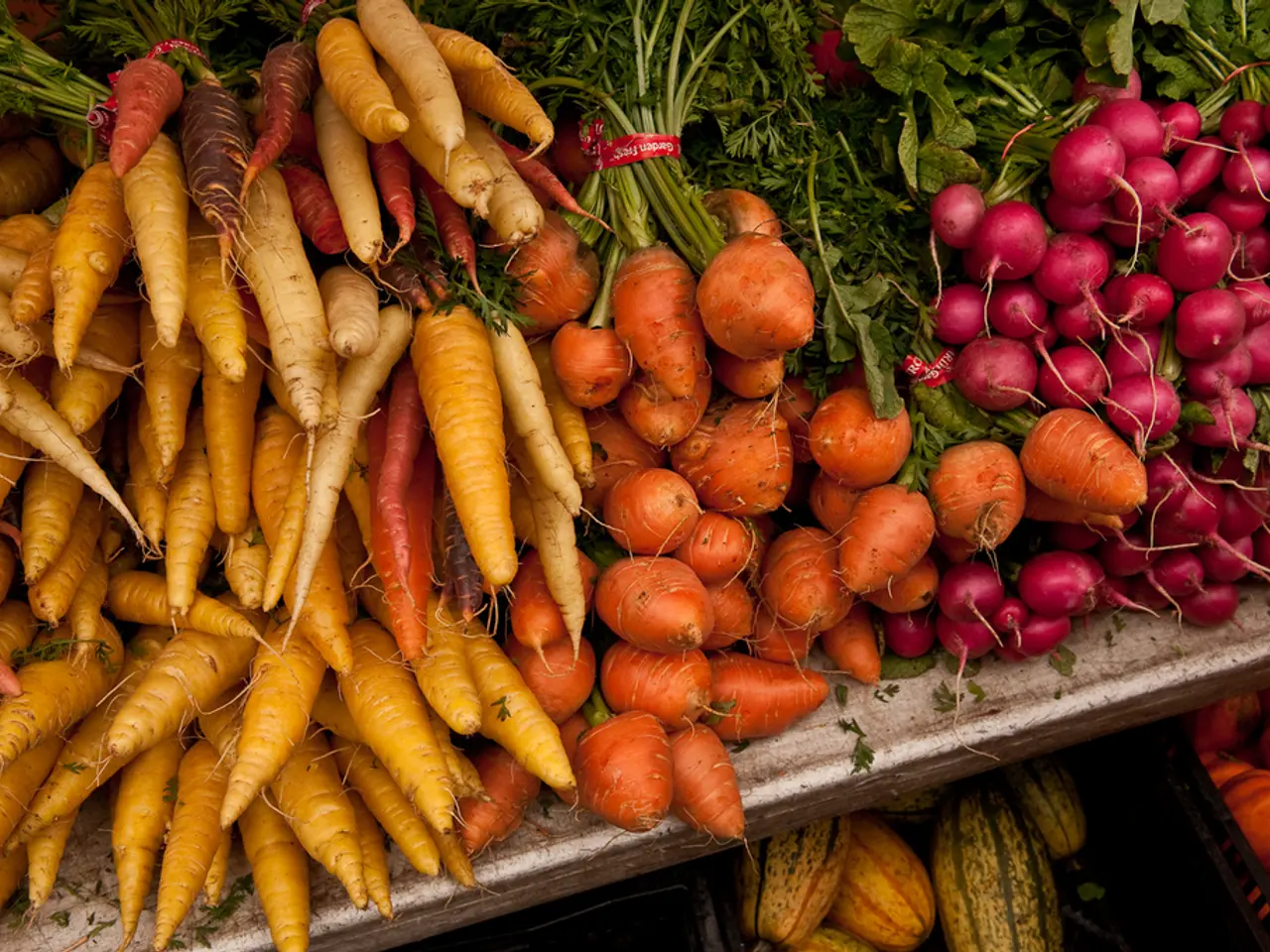Comprehensive Overview of Long-Term Water Storage Techniques
Water, Water Everywhere — Long-term Water Storage for All
Having a supply of clean, drinkable water is essential in emergency situations and for long-term survival. Here's a lowdown on pimping your water storage game, from container selection to disinfection, maintenance, and more. Not only will you be prepared for whatever life throws at you, but you'll also know your stuff when it comes to city-wide and civilization-wide water storage solutions!
Getting the Right Containers
How you store your water can make all the difference. Check out some badass options:
- Food-Grade Plastic Containers: HDPE containers are tough, lightweight, and chemical-resistant. Make sure they're labeled as "food-grade" to ensure they're good to go for your H20.
- Glass Containers: These are non-reactive, don't leak harmful chemicals, and last for a long time. However, they're heavy and prone to smashing.
- Stainless Steel Containers: These work like a charm and are rust-proof. They're a bit pricier than other containers but are worth the investment if you're in it for the long haul.
- Large Barrels and Water Bags: For larger quantities, go for 55-gallon drums or Mylar bags. Just be sure drums have never stored toxic substances.
Disinfecting Your H2O
Keeping your water clean is critical. Check out these badass disinfection methods:
- Chlorine Bleach: Drop a little bit of unscented bleach into your water. Add around 4 to 5 drops for every gallon and let it sit for 20 to 30 minutes.
- Heat Treatment: Water can also be boiled for sterilization. Pour it into clean canning jars and heat in a boiling water canner for 20 minutes to make it extra pure.
Long-Term Storage Best Practices
To keep your water fresh and ready to roll, follow these badass storage and maintenance tips:
- Store in a cool, shady spot, away from sunlight to slow algae growth and maintain quality.
- Seal your containers tightly to prevent unwanted guests and keep the good stuff inside.
- Rotate your water every six months to a year to ensure it stays fresh and tasty.
Be Prepared, Be Passionate
Knowing this stuff like the back of your hand is cool and all, but being able to furnish your community with a reliable water supply is even cooler. Now that you know your shit, consider sharing the knowledge with your pals. Here's to a firmer grip on water storage—for your sake and future generations!
City-Wide Water Storage Solutions
Cities aren't small fries when it comes to water storage. They have a whole slew of badass solutions up their sleeve, like elevated tanks, ground storage tanks, and standpipe storage tanks. Water towers, for instance, use gravity to provide water pressure for communities with low ground elevation. Ground storage tanks hide in plain sight, blending into the landscape. Cities also use underground storage solutions like aquifers and groundwater recharge systems to stash excess water and manage droughts.
Civilization-Wide Water Storage Methods
We're not just talking about your city here. The ancient Romans built extensive aqueducts and massive reservoirs to feed their metropolises, a move that significantly impacted their growth and public health. Fast forward to today, and civilizations are still investing in large-scale infrastructure, like dams and reservoirs. These badboys not only store water but also generate hydroelectric power and help with flood control. Balancing environmental impact with water supply needs is crucial for crafting these badass systems.
Now that you've got the goods on long-term water storage, roll up your sleeves and get started. And remember—knowledge is power, and nobody said you can't be a half-tough, half-eco genius! 💧💪️🌿
- To ensure a sustainable lifestyle in times of emergencies, consider storing water in containers suitable for long-term use, such as food-grade plastic containers, glass containers, stainless steel containers, large barrels, or water bags.
- As cities prepare for the future, they employ various home-and-garden scale water storage solutions, like elevated tanks, ground storage tanks, and standpipe storage tanks, ensuring a steady water supply for their communities.








